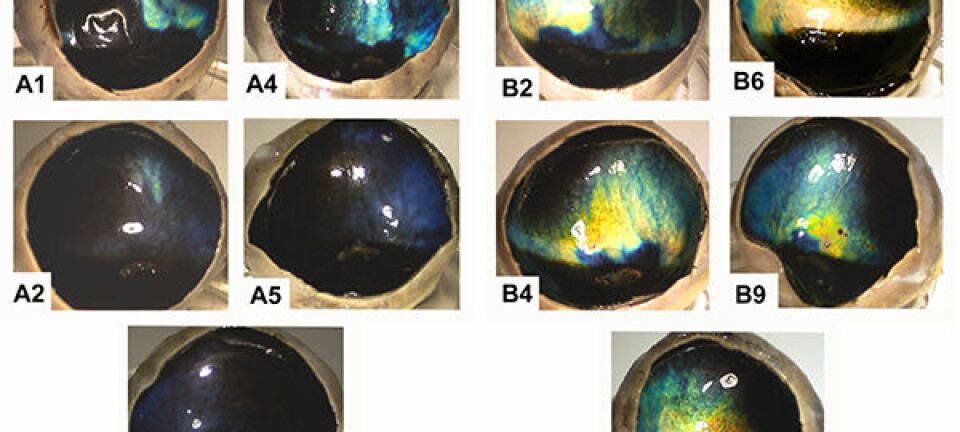
Santa is as trustworthy as a doctor
Danish researchers have studied whether Santa Claus is trustworthy and friendly by comparing him with a doctor. Santa does well, the study concludes.
You probably claim that you do not believe that Santa Claus even exists. However, a new study shows that he is actually perceived as being as trustworthy as a doctor.
So conclude researchers at Glostrup Hospital in Denmark, who have published their findings in a highly Christmassy December issue of the Danish medical journal ‘Ugeskrift for Læger’ (The Journal of the Danish Medical Association), which focuses on medical humour.
”We were wondering how trustworthy Santa Claus actually is, and we thought it might be fun to study this scientifically. Fortunately, we have a friendly-looking professor with a white beard working for us, and since doctors usually have high levels of credibility associated with them, we could use him in our study,” says Faisal Mohammad Amin, whose daily job consists of studying migraine headaches at the hospital.
”It turned out that people found our professor to be no less trustworthy when wearing a Santa costume than when he wore a doctor’s outfit.”
Santa told a sailor anecdote
Having taken statistical factors– i.e. that the respondents tended to disagree – into account, we found no significant differences in the perception of trustworthiness of the two.
The researchers recorded two short videos of the white-bearded professor. In both videos he told the same sailor anecdote in the same tone of voice and using the same facial expressions. The only difference was that in one of the videos he was wearing a Santa costume and in the other, a doctor’s white coat.
“We spent a long time trying to find a story that lay outside of both Santa’s and a doctor’s field of work. If he e.g. told a story about diseases, then the doctor would obviously appear more trustworthy than Santa,” explains Amin.
Both scored highly on trustworthiness
The videos were uploaded on two iPads, and two pairs of researchers then went out to a nearby shopping mall.
- Each pair of researchers showed their video to 26 randomly selected people.
- All 52 study participants were handed the same questionnaire, where they were asked about their impression of the sailor story and the narrator.
- At one point in the questionnaire, they were asked to rate the narrator’s reliability and friendliness on a 1-10 scale.
“Having taken statistical factors– i.e. that the respondents tended to disagree – into account, we found no significant differences in the perception of trustworthiness of the two.”
- The doctor scored a total of 176 points (out of a possible 260)
- Santa scored a total of 154 points.
Santa signals friendliness; the doctor signals diseases
The questionnaires also revealed that the respondents tended to agree that Santa was more friendly than the doctor.
- Here, Santa scored a total of 240 points (out of 260)
- The doctor scored 225 points.
”Although Santa and the doctor served the same message, sat in the same room and used the same facial expressions, Santa was perceived as being more friendly. This is probably because he is associated with the Yuletide spirit and the cosiness associated with it,” says Amin.
“As regards the doctor, some people have had negative experiences with doctors, for instance after having been told that they, or a family member, have a dangerous disease. So although a doctor may be friendly, he or she may be associated with something unpleasant.”
Associations trump personal communication
This study is obviously not hard-core science; nevertheless the researchers at Glostrup Hospital believe they have made a useful discovery:
”In this study, we propose that the perception of the friendliness of a person is not necessarily based on personal communication, but more on the associations people have of the person,” the researchers write in their journal article.
---------------------
Read the Danish version of this article at videnskab.dk










